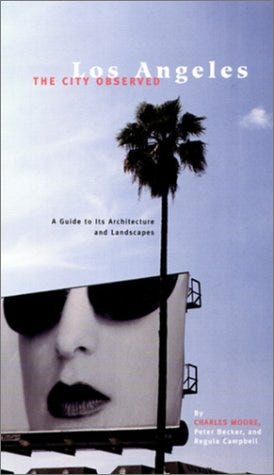It used to be that someone declaring proudly that they were politically incorrect meant not that they were rejecting the indefensible ideology of PC but that they no longer had to hide or apologize for their bigotry. As the governor of Florida—as, there, someone apparently studying the Huey Long playbook—Ron DeSantis, as part of his campaign against so-called wokeness, is now running a similar con against his state’s Disney World, for its temerity in taking a corporate stand against his attempts to declare all Floridians who are neither white nor heterosexual non-persons—even if only because non-whites and non-heterosexuals have been known to visit Disney World. Given that, it seemed to make sense to revisit an attempt to make sense of real Disney criticism—which only proved that as Disneyland threw off all attempts to discredit it then, Disney will likely still be bringing people to Florida long after DeSantis has been consigned to the dustbin of also-rans and never-weres, and the prison he has suggested building next door has been converted to an unsuccessful shopping mall or as the still sitting governor will be claiming, a George Soros-sponsored homeless encampment.
Disneyland is dedicated to the ideals, the dreams and the hard facts which have created America.
– Walt Disney, dedication plaque, Disneyland, 1955
“Oh my God,” said [seven-year-old] Mitchell, holding my hand as we strolled down one of the simulated Main Streets. “We’re trapped in a production of The Music Man, directed by Leni Riefenstahl.”
– Libby Gelman-Waxner, “If You Ask Me: Mondo Disney,” Premiere, February 1996I am a very strong supporter of both States’ rights and the local elected government, and believe the U.S. Senate really has no business refereeing—pardon the pun—every Mickey Mouse dispute around the country.
– Senator Ben Nightborse Campbell of Colorado, Hearing before Subcommittee on Public Lands, National Parks and Forests on Proposed Location of Disney’s America Project and Its Potential Impact on the Manassas National Battlefield Park and Other Significant Historic Sights in Northern Virginia, June 21, 1994
Any critical discourse takes place within a milieu of certain shared referents, common definitions, readily comprehensible metaphors, a lingua franca. The criticism of Disney theme parks as it has taken shape over the past forty years is no different, and the quotations above, from Walt Disney himself to fictional seven-year-old to real-life senator, seem to me to outline the borders of the critical theme park in which Disney criticism conducts its rides and spins its occasionally revelatory, more often creepy, wonders and illusions. These are borders of touching naïveté—within which Disney’s dedication plaque is always paid promise or looming threat, and never anything so plain as a come-on, a cannily patriotic 1950s version of a carny’s shill—and they are borders of steely-eyed suspicion, a rolling chorus down the decades of “You can’t fool me,” “You can’t fool me,” “YOU CAN’T FOOL ME!”




